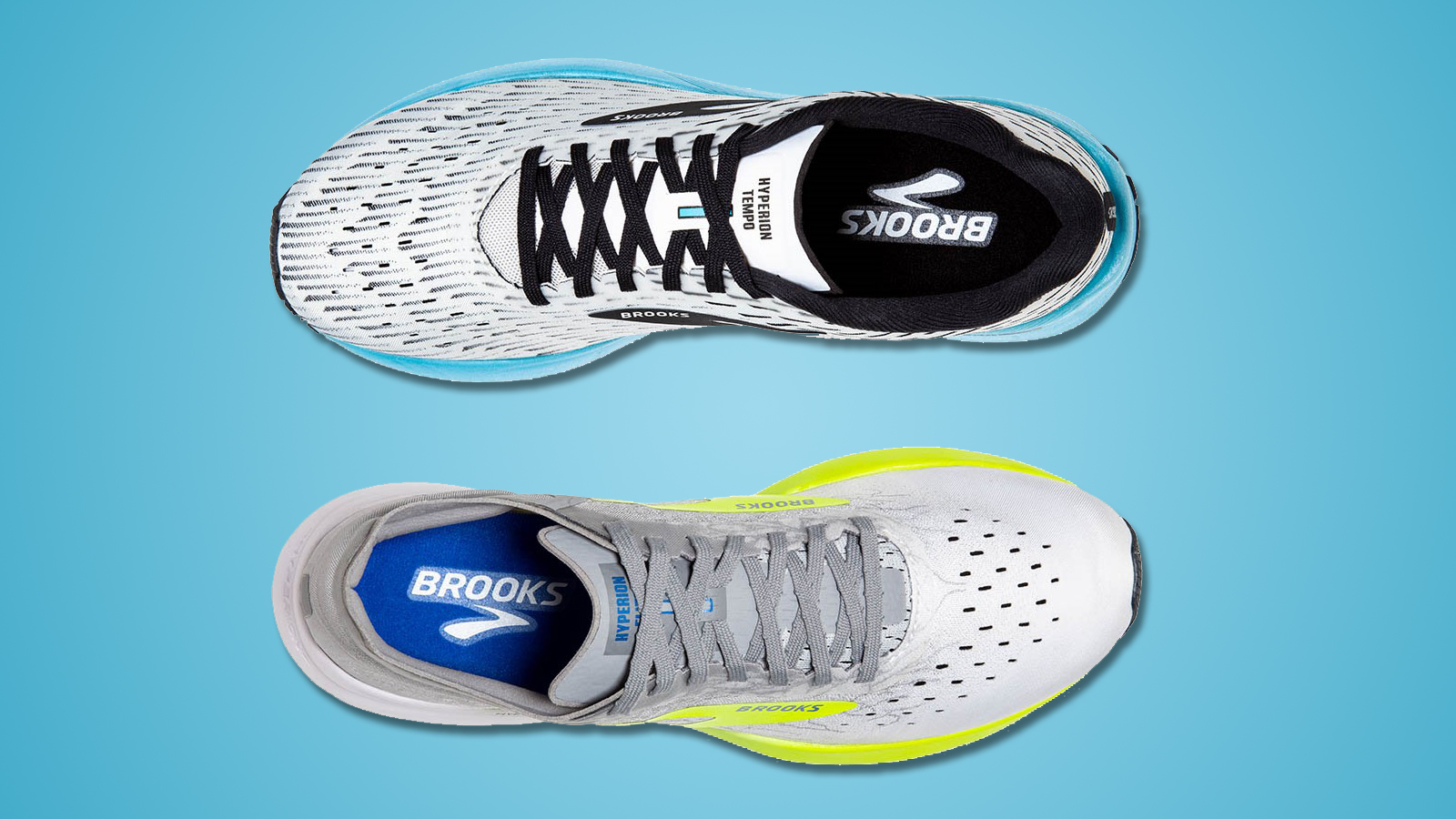

Brooks Running launched its fastest running shoes to date in Amsterdam just last week, at the Brooks Innovation Camp 2020. Two shoes, in fact, the Brooks Hyperion Tempo and Brook Hyperion Elite, both "developed for those runners who look for that competitive advantage and protection over long distances".
In the run-up to the Tokyo 2020 Olympics, there are heated discussions about some of the best running shoes you can buy – and some prototypes that you can't. In particular the Nike ZoomX Vaporfly NEXT% and the likes – running shoes with thick foam cushioning, containing a carbon plate that further aids energy return.
This isn't just a case of Brooks releasing two shoes at once; this is a true tandem offering, with the brand emphasising that the shoes are designed to be used together. The Tempo is optimised for training and the Elite for racing. That's an interesting idea and potentially useful to runners, as well as lucrative for Brooks.
- Best trail running shoes: trail blazers for men and women from Adidas, Salomon, New Balance and more
- Best running watch: the best fitness watches for running, gym, workouts, cycling and hiking
- Best fitness tracker: track steps, activity, sleep and cardio
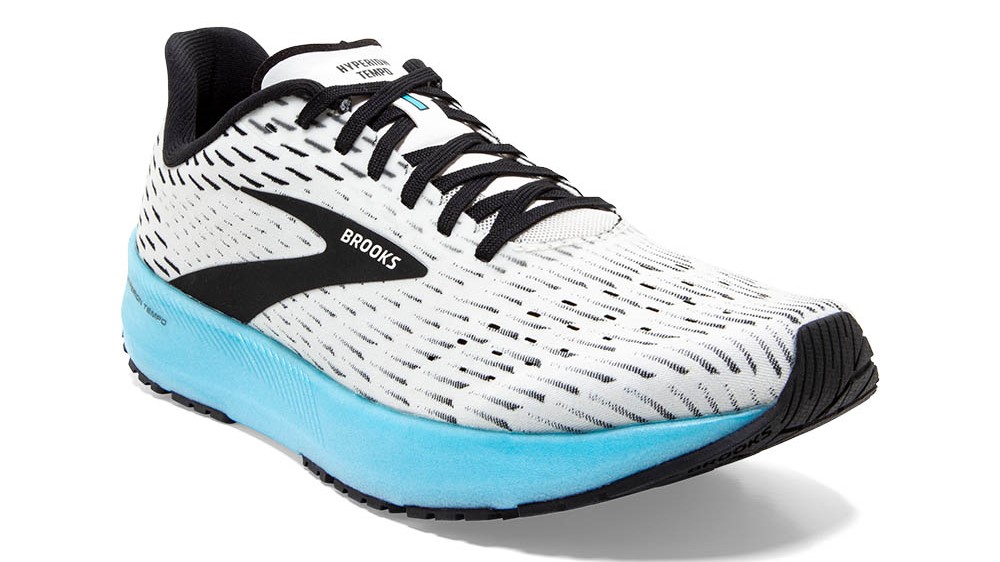

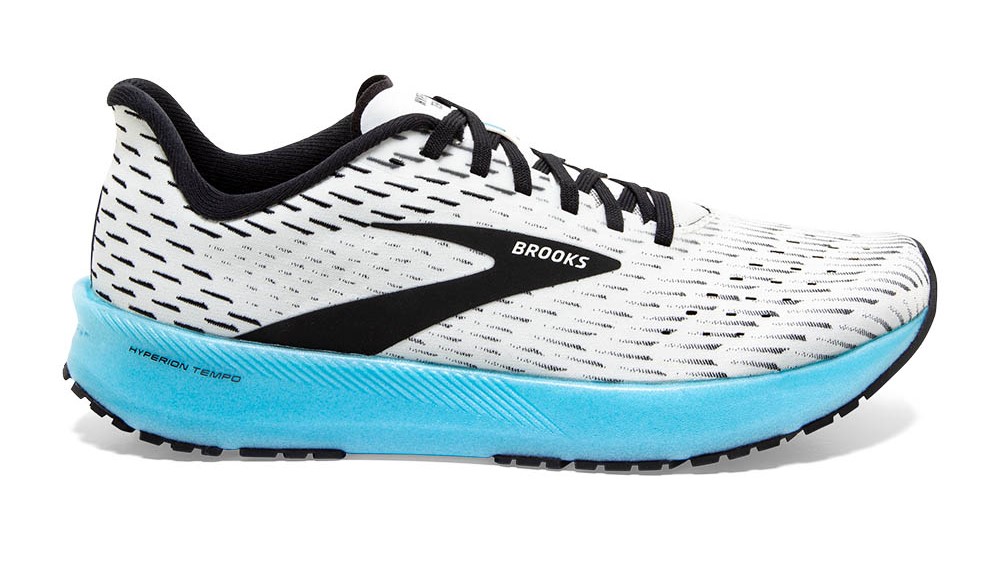
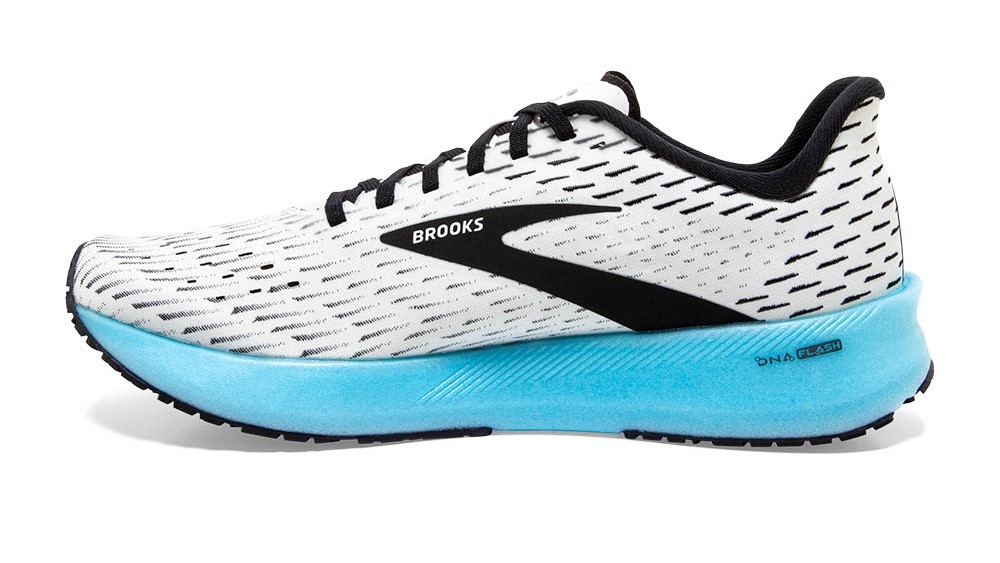

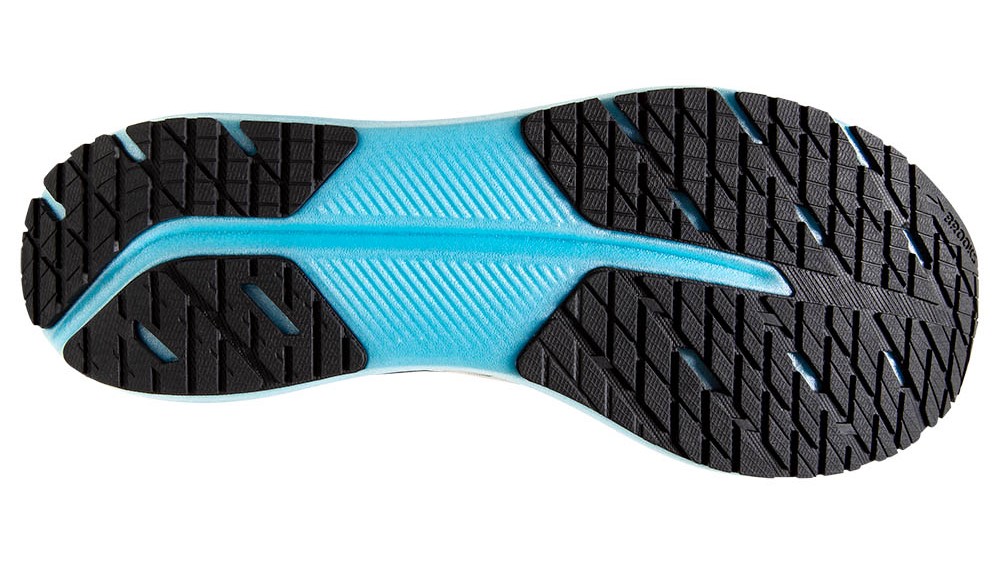
Brooks Hyperion Tempo: the one for training
Using the new ultra-light DNA Flash cushioning in the midsole, the Brooks Hyperion Tempo is designed for running workouts and training days. The guiding principle for designing the Brooks Hyperion Tempo was to reduce deviation from the optimal stride pattern and to maximise energy return, but without helping the runner too much.
It's not that Brooks wants you to suffer, but if you put the effort in during your training, you will be repaid with legs that are more ready on race days – then you can truly appreciate the super light Brooks Hyperion Elite race shoe.
In Brooks' words: "The Hyperion Tempo is a light and responsive shoe that reduces deviation, and returns the energy during the run, allowing the runner to train harder with less overall fatigue and to recover faster."
Some of the key features of the Brooks Hyperion Tempo:
Get all the latest news, reviews, deals and buying guides on gorgeous tech, home and active products from the T3 experts
- DNA Flash midsole cushioning, created by infusing the Brooks adaptive DNA material with nitrogen: the result is a lightweight, yet springy experience.
- The shoe geometries keep the foot stable while moving, allowing the runner to run efficiently in the natural motion path (and therefore reduce deviation from optimal path).
- The shoe's quoted weight is 210g (men's) or 188g (women's)
- Midsole drop is 8mm.
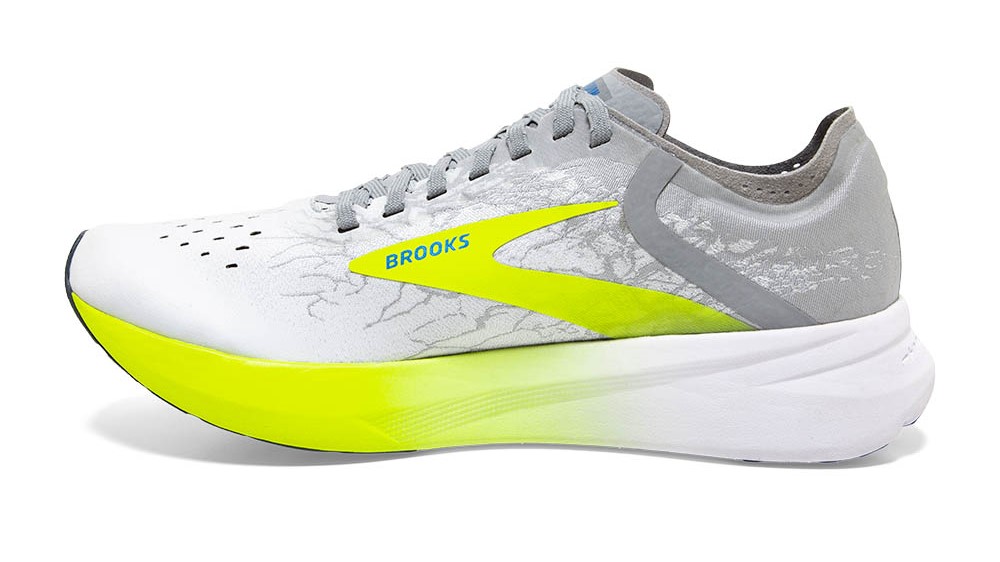




Brooks Hyperion Elite: the one for racing
The Brooks Hyperion Elite is for runners who want to set a new PR. The Brooks Hyperion Elite uses a different midsole technology from the Hyperion Tempo. Called DNA Zero, it works together with Brooks' Carbon Fibre Propulsion Plate to propel you forward at every step.
Just 5 grams heavier than Nike ZoomX Vaporfly NEXT%, the Brooks Hyperion Elite tries to pull off the same stunt as Nike (or even the Hoka One One Carbon X): a super lightweight, carbon-plated, well-cushioned running shoe that delivers excellent energy return and comfort. Of the three shoes mentioned, the price of the Brooks Hyperion Elite sits in the middle of the range with its £210 price tag – the Nike being £240 and the Hoka One One £160.
Key features of the Brooks Hyperion Elite:
- DNA ZERO midsole compound uses the lightest foam and adapts to your stride, delivering consistent cushioning from starting gun to finish line.
- Carbon Fibre Propulsion Plate has a unique spine construction to speed the transition from heel to forefoot in each step, and propels the toe-off.
- Shoe geometries keep the foot stable while moving, allowing you to run efficiently in the natural motion path.
- Quoted weight is 195g (unisex). Midsole drop is the same as Hyperion Tempo at 8 mm.
- Hyperion Elite is available from March 1 and Hyperion Tempo from April 1. Both will be available from Brooks Running and at selected retailers

Matt Kollat is a journalist and content creator who works for T3.com and its magazine counterpart as an Active Editor. His areas of expertise include wearables, drones, fitness equipment, nutrition and outdoor gear. He joined T3 in 2019. His byline appears in several publications, including Techradar and Fit&Well, and more. Matt also collaborated with other content creators (e.g. Garage Gym Reviews) and judged many awards, such as the European Specialist Sports Nutrition Alliance's ESSNawards. When he isn't working out, running or cycling, you'll find him roaming the countryside and trying out new podcasting and content creation equipment.